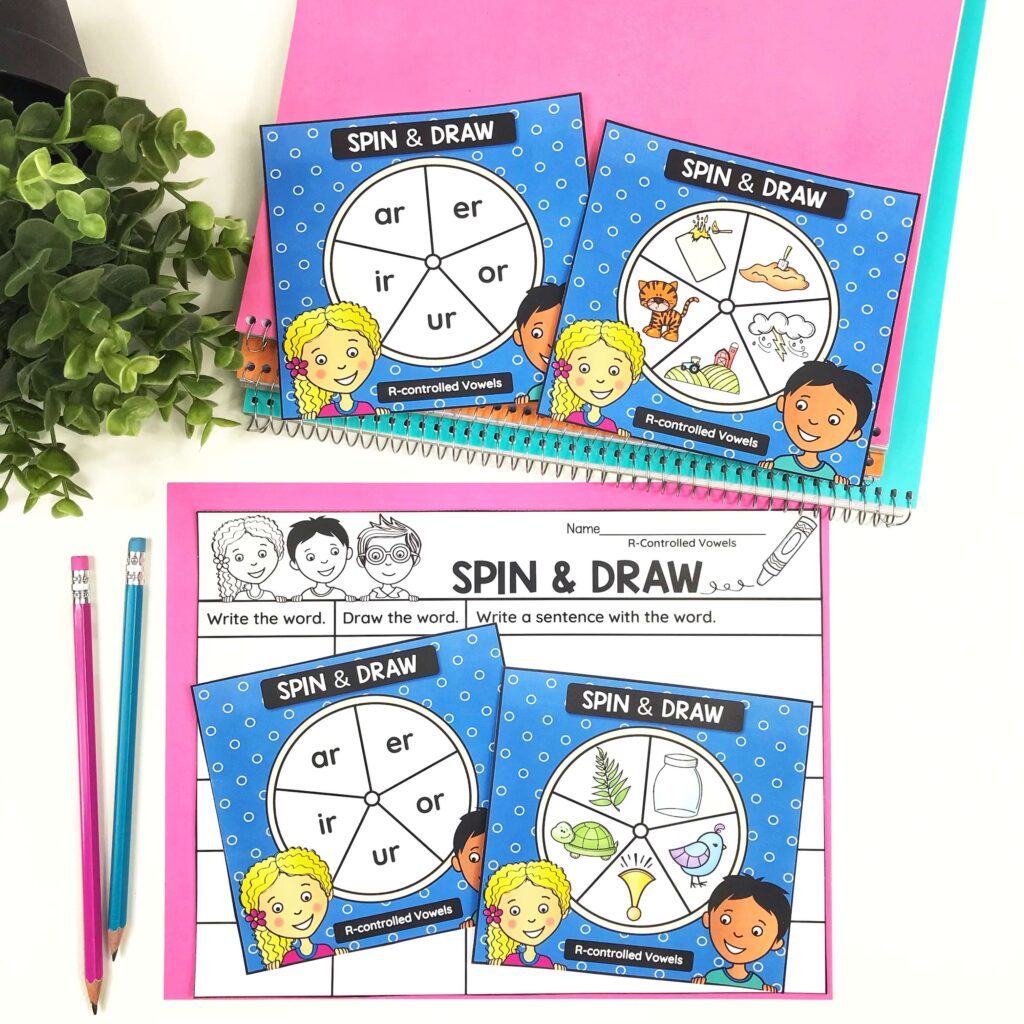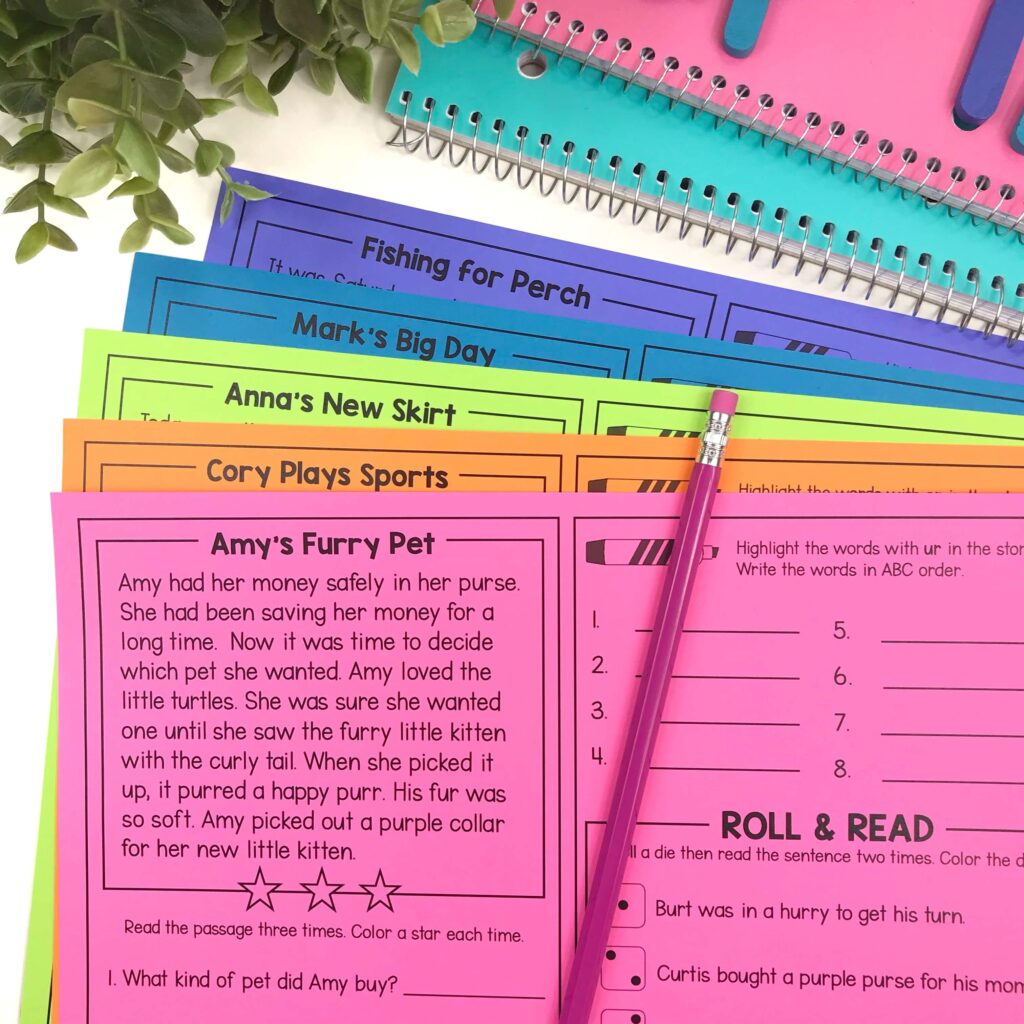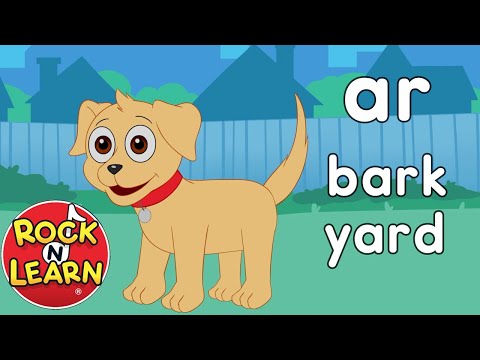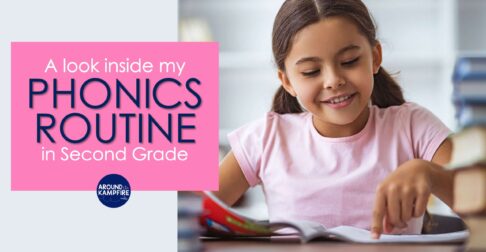Learning how to read and spell words with r-controlled vowels is challenging for many students. This syllable type causes vowels to sound different than the typical short or long sounds that students expect. In this post, I’ll share some r-controlled vowels activities to help your students master this important phonics skill.

What are r-controlled vowels?
Any vowel becomes an r-controlled vowel when it is directly followed by the letter r. The resulting letter combination causes the vowel to make a different sound than typically expected.
For example, the letter o usually makes a short o sound (as in the word hop) or a long o sound (as in the word lone). However, when o is followed directly by r, the sound it makes is not its typical short or long sound–it is an entirely new sound, controlled by the letter r. You can see this in the words short, fork, corn, and torch.
Words with r-controlled vowels
The r-controlled vowels include the ar, er, ir, or, and ur letter combinations. While there are 5 r-controlled vowels, there are only 3 r-controlled vowel sounds to learn. This is because er, ir, and ur all make the same sound: /er/ as in her, dirt, and fur.
- ar words: barn, star, harp, dark, arm
- er words: germ, flower, spider, tiger, fern
- ir words: bird, dirt, stir, firm, third
- or words: corn, horse, pork, story, north
- ur words: nurse, hurt, burst, turf, purse
How I teach r-controlled vowels
When I teach my R-Controlled Vowels phonics unit, I explicitly teach the phonics rule to my students using a teaching PowerPoint. I explain the rule as the Bossy R rule, which always helps my students remember that the r “bosses” the vowel to make a new sound.
I use posters with visuals to help students remember the sounds that r-controlled vowels make, and I also include several different examples of r-controlled vowels on each poster. These posters are displayed in my classroom for students to refer back to.
After introducing the phonics rule at the start of my r-controlled vowels unit, we spend the week practicing with this skill through a simple daily phonics routine that incorporates a variety of activities.
R-Controlled Vowels Activities
These r-controlled vowel activities will help your students practice this phonics skill and learn to apply this knowledge to their own reading and writing.
Interactive Practice Games
A portion of my interactive teaching slides for r-controlled vowels includes practice games to help students stay engaged during minilessons and apply their learning. Each day of the week, we do a different phonics game as part of our weekly phonics routine. The games address different phonemic awareness skills necessary to read r-controlled vowels fluently and spell them accurately.
Center Activities

Sticking with a weekly phonics routine is crucial to keeping my students on-task and learning. They always know what to expect with phonics centers, games, and activities, allowing for maximum student independence during center time!
Using consistent and familiar activities will make your phonics centers easy to manage. You won’t have to spend extra time explaining directions to students, because they’ll already be used to their weekly routine.
Here are some of the r-controlled vowels activities I use in my weekly phonics routine:
Sound Sorts

Have students distinguish between the different sounds r-controlled vowels make, and group like sounds together. Use a pocket chart and r-controlled vowel picture cards or word cards. Ask students to say then word, then have them sort it into the correct r-controlled vowel category.
Identifying Same Sounds
Practice and build the critical skill of auditory discrimination by having students identify sounds that are the same.
Try this: Show students 3 different pictures and write one r-controlled vowel word. Have students read the written word aloud. Then, have them say the picture names out loud. Ask: Which picture name has the same r-controlled vowel sound as the written word?
If you’re looking for an already-made resource to practice auditory discrimination skills, Same Sound task cards are included in this complete R-Controlled Vowels phonics unit.
Word Building

Word building is a key component in building phonemic awareness. It also has the added benefit of making phonics more hands-on through the use of manipulatives. There are numerous ways for students to use magnetic letters and letter tiles–they can build words, substitute sounds, add and delete sounds, and more.
You can easily make your own magnetic letter tiles, letter cubes, or letter cards without having to spend much money (or any at all!). Letter manipulatives are a versatile staple for every classroom.
Phoneme Segmentation Task Cards
Phoneme segmentation is another critical phonemic awareness skill. When students practice segmenting phonemes, they build on their ability to break down words into their individual sounds. These skills take time to develop, so it’s important to include opportunities for repeated practice.
These simple, no prep task cards make it easy for students practice phoneme segmentation . Each card has a picture of an r-controlled vowel word. Under the picture, the word is written with a blank space to fill in the r-controlled vowels. Students say the word that the picture shows, then they determine which r-controlled vowel belongs in the blank.

This activity helps students isolate sounds in words, with a special focus on r-controlled vowel phonemes. You can have students write their answers on an accompanying recording form, or laminate the task cards and have students write directly on them with dry erase markers.
R-Controlled Vowels Videos
These fun videos will help students learn about r-controlled vowels while also incorporating movement, song, and dance into your lesson plans. Encourage your students to sing and dance along!
Try these videos for some more in-depth explanations and r-controlled vowel practice:
Read R-Controlled Vowels Books & Passages
Books and read alouds that teach phonics skills can be a great addition to your r-controlled vowels activities. Here are a few books that teach about r-controlled vowels:
R-Controlled Vowels Read Alouds

The Bossy r

Bert’s Super Circus

A Day at the Berns Family Farm
Decodable Passages

R-controlled vowels are best taught through plenty of exposure to text that uses r-controlled vowels. Students need lots of practice reading r-controlled vowel words in context. One way to do this is through simple decodable passages.
Decodable passages encourage students to apply phonics skills by sounding out words and using decoding strategies rather than guessing from pictures or predicting.
Here is a source for decodable passages that target r-controlled vowels. Students locate and highlight r-controlled vowel words in the passage. There is also an opportunity for student accountability through comprehension questions at the end of the passage.

Practice Worksheets

While worksheets shouldn’t be used exclusively to teach phonics in the classroom, they are an excellent supplement to give students additional phonics practice through a different medium. Students need opportunities to write and spell words with r-controlled vowels, and there are many ways to make practice worksheets more engaging that you might not have thought of!
Quick Phonics Assessments
Monitor your students’ progress with r-controlled vowels with quick, one-page assessments included in my phonics units.
Get R-Controlled Vowels Lesson Plans
If you don’t have the time (or energy!) to create your own phonics practice pages, assessments, center activities, and teaching PowerPoints, my R-Controlled Vowels phonics unit includes detailed lesson plans with everything you need to teach, practice and assess this foundational phonics skill.
See all of my phonics teaching resources and centers here.

Make sure to pin this post to come back to during your planning time!













Leave a Comment